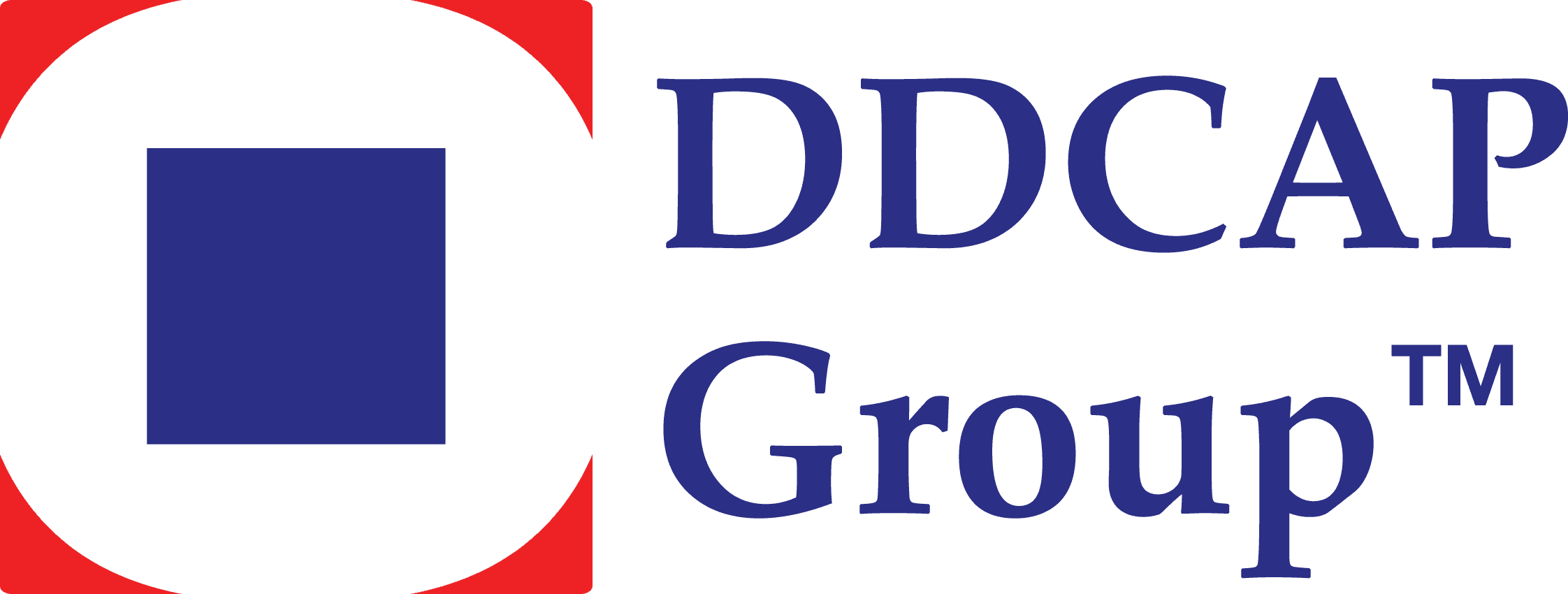Abu Dhabi’s ESIC Successfully Issues Second Benchmark Senior Unsecured US$700m Wakala/Murabaha Sukuk After an Absence of Five Years from the US Dollar Market
After an absence of almost five years, Emirates Strategic Investments Company (ESIC), the Abu Dhabi-based multi-sector diversified holding company wholly owned by Sheikh Mansour Bin Zayed Al Nahyan, Deputy Prime Minister and Minister of Presidential Affairs of Abu Dhabi, successfully priced its second Sukuk transaction to date – a benchmark US$700 million hybrid Wakala/Murabaha Sukuk offering in early February 2024.
The last time ESIC tapped the Sukuk market was on 23rd July 2019 through an inaugural benchmark US$600 million 5-year hybrid Wakala/Murabaha Sukuk offering.
ESIC mandated Emirates NBD Capital, First Abu Dhabi Bank (FAB) and Standard Chartered Bank in late January 2024 to act joint global coordinators and together with Mashreq, Abu Dhabi Islamic Bank, Dubai Islamic Bank, and Warba Bank as joint lead managers and joint bookrunners to the transaction.
They were also mandated to arrange a series of investor meetings and calls on 31 January 2024 for a 5-year benchmark US dollar denominated Sukuk issuance with investor accounts in the UK, Offshore US, Europe, the GCC, MENA region and Asia.
The Sukuk, which has a tenor of 5 years and a maturity of February 2029, was issued by the Trustee, ESIC Sukuk Limited, a special purpose vehicle incorporated in the Cayman Islands on behalf of the Obligor, Emirates Strategic Investments Company (ESIC), under ESIC Sukuk Limited’s upgraded US$2 billion Trust Certificate Issuance Programme.
According to ESIC, the US$700 million offering received strong investor interest with the orderbook reaching UA$1.7 billion which allowed the company to tighten the spread to 180 basis points (bps) over US Treasuries, down from initial price guidance of around 210 bps over US Treasuries. This translates into a fixed profit rate of 5.831% per annum.
ESIC is a leading international strategic investment company. It specializes in architecture, design and construction of residential and commercial buildings. ESIC pays special attention to investments in iconic projects in the UAE.
ESIC’s US$700 million backed senior unsecured Sukuk certificates were assigned a ‘Baa3’ instrument rating by Moody’s Investors Service on 7th February 2024. ESIC’s existing ratings, including its Baa3 long term issuer rating as well as the Baa3 rating on the backed senior unsecured Sukuk due July 2024 and the (P)Baa3 rating on the backed senior unsecured Sukuk Trust Certificate Issuance Programme (“Programme”) issued by ESIC Sukuk Limited – all with a stable outlook – remain unchanged.
“The Baa3 rating assigned to the Sukuk issuance,” explained Moody’s in its rating rationale, “is at the same level as the existing US$600 million Sukuk issued by ESIC Sukuk Limited and ESIC’s Long Term Issuer Rating. The net proceeds of the new Sukuk issuance will be used by ESIC to repay the existing US$600 million Sukuk certificate upon maturity in July 2024.”
This is ESIC’s second only Sukuk issuance, despite the long history of UAE and Abu Dhabi entities’ long involvement in raising Islamic finance such as Murabaha syndicated facilities and issuance of Sukuk to finance and refinance transactions in the real estate sector. These include, EMAAR, Amlak, Aldar, Majid Al Futaim to name a few.
Whether this latest foray of ESIC into the Sukuk market indicates a migration towards a fund-raising strategy based on Sukuk issuance for the near-to-medium term remains to be seen. But it is consistent with the market trend in the Gulf Cooperation Council (GCC) region, especially by the UAE and Saudi Arabia real estate companies, developers and financiers, and also reflects the growing and widespread acceptance and popularity of Islamic finance products and funding structures.
According to the latest Global Sukuk Outlook Dash Board 2024 published by Fitch Ratings in January 2024, US dollar Sukuk issuance in core markets (including multilaterals) grew by 40% y-o-y to US$52 billion, while US dollar bonds were up 53%. In the GCC, US$52.9 billion of Sukuk were issued in all currencies, with US dollar issues rising by 178% y-o-y.
“Sukuk demand,” says Bashar Al Natoor, Global Head of Islamic Finance at Fitch ratings, “continues to outpace supply, driven by Islamic banks that cannot invest in bonds, due to Sharia’a, but can in Sukuk. In the GCC and Malaysia, Islamic banks are a sizeable part of the banking system with domestic market share ranging from 85% to 16%. We expect intact liquidity and sound profitability to continue for EMEA Islamic banks, while capital buffers should remain adequate for the risks. Conventional banks and asset managers are also sukuk investors.”
Most rated US dollar Sukuk issuers are continuing to adapt their documents to comply with AAOIFI Sharia’a standards as non-compliance can affect demand from UAE Islamic banks. But the market landscape remains affected given that a number of funds and indices exclude Sukuk if they are not AAOIFI-compliant. Bloomberg recently launched the Sukuk Shariah indicator tracking AAOIFI-compliance.
“In 2024,” maintains Al Natoor, “we expect Sukuk issuance to rise and the instrument to continue being a sizeable part of the core markets’ funding mix driven by funding needs and lower rates. We forecast both lower oil prices (2024F: US$80p/b; 2025F: US$70p/b) and interest rates (US policy rate 2024F: 4.75%; 2025F: 3.5%), which could drive issuance. In the medium term, we expect the global Sukuk market to exceed US$1 trillion outstanding.”
Fitch Ratings expects the main Sukuk growth drivers to include issuers’ goals to diversify funding options, funding fiscal deficits and government projects, refinancing existing especially more expensive conventional debt and maturing Sukuk issuances through redemptions, developing debt capital markets and the Islamic finance ecosystem. Risks however include geopolitical events, rising rates, higher oil prices, and Sharia’a compliance complexities.
